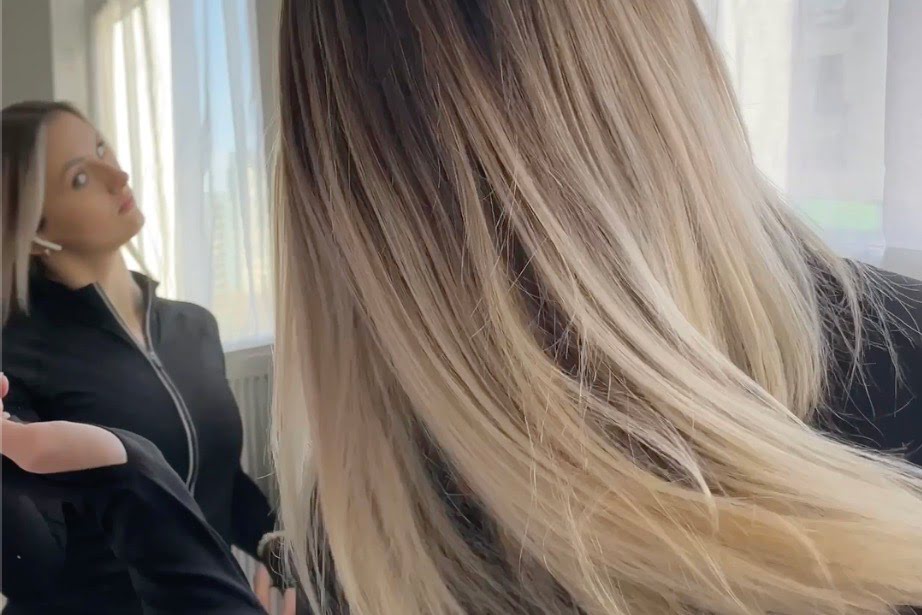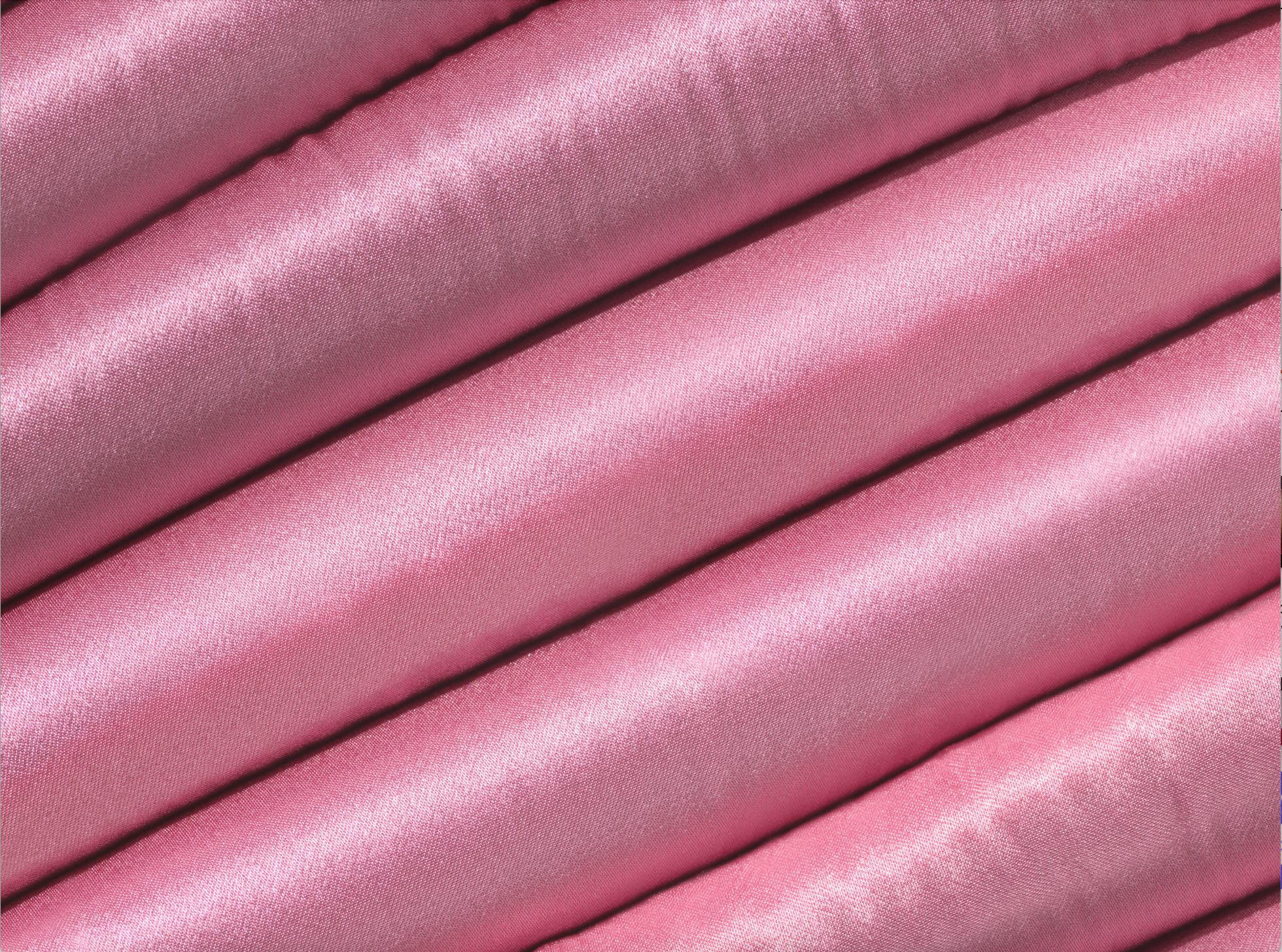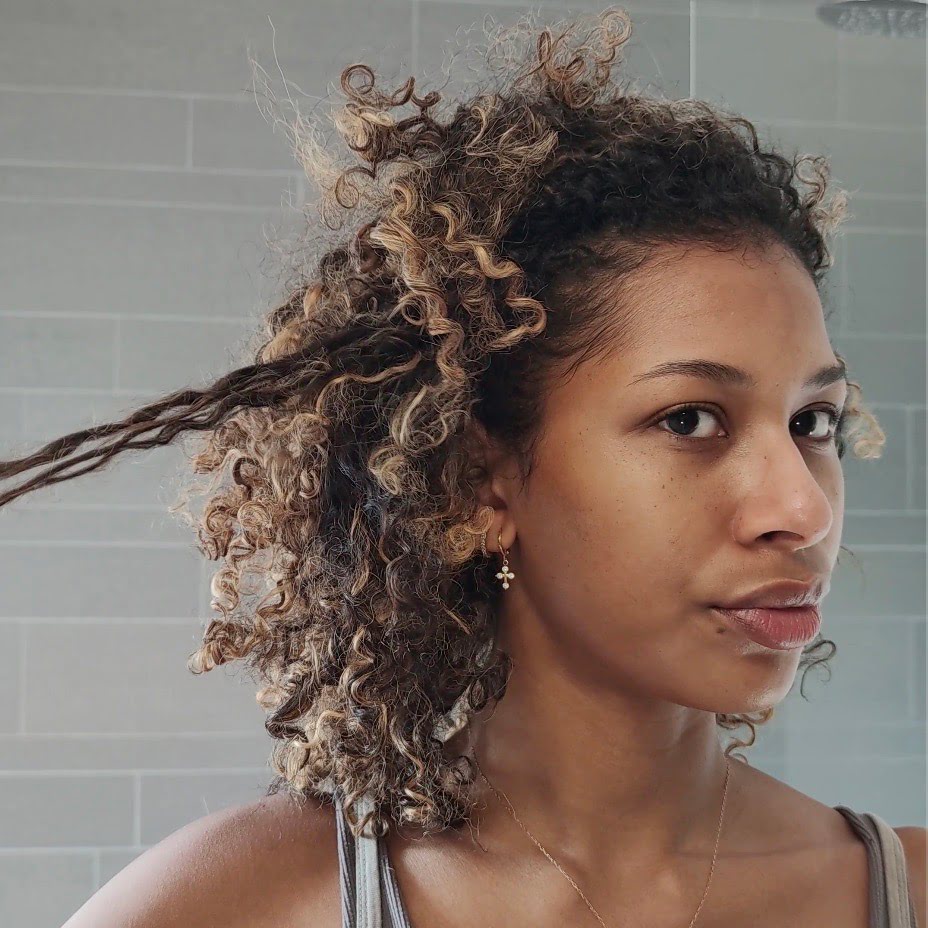
Why Do I Have So Many Split Ends?
And is there a way back?
Struggling with split ends? We've all been there. If your goal is hair growth and you're not seeing the results you expect, follow our guide to make sure your stands are growing strong from root to tip.
What are split ends?
Split ends, scientifically known as trichoptilosis, are the splitting and fraying of hair fibres that commonly occur towards the ends of your hair, but can appear higher in the shaft depending on what’s causing the damage, and how you’re treating your hair.
Let's get technical - the individual strands of your hair are made up of various layers.
The centre is known as ‘the medulla’, which can contribute to split ends depending on whether it’s softer and more vulnerable. This is usually linked to hair type, for example, tighter curls or coarser hair types have a larger medulla, making the overall structure of the hair weaker and more prone to breakage.
Around the medulla you have ‘the cortex’, this is a keratin-rich layer which doesn’t have too much input when it comes to split ends, but it does hold most of your hair’s pigment which gives your hair it’s colour, as well as melanin which is also found in your skin.
Moving onto the outer layer, this is called ‘the cuticle’ and is your main protective layer. This outer layer has a lot to answer for when it comes to split ends. Split ends generally occur when the cuticle is damaged, or removed, making the lower layers of the hair strand at risk of developing cracks and fraying.

What can I do to limit split ends?
No matter hair type or texture, everyone struggles with split ends.
Why, you ask? The top three causes of split ends are caused by lack of moisture in the hair, heat damage, or chemical irritation. Most of us will likely be damaging their hair in one or more of these ways, whether they’re doing it consciously or not, therefore making split ends such a common hair concern.
Our founder, Maria Sotiriou, is a London hairstylist with a reputation for being able to tame the most difficult-to-manage hair.
With over 37 years’ experience and every product, treatment and fad at her fingertips she still couldn’t find anything that helped her hair to grow, hold its style, prevent breakage, and keep those split ends at bay. Permanently.
One morning, while staring desolately at a pillow strewn with broken hair and split ends, it hit her: extreme damage happens when we are most unaware – in our sleep!
Here’s where we return to the point, ‘whether we’re consciously partaking in one or more of the top causes of split ends, or not’.
Even if we’re doing everything ‘right’ by our hair, investing in good quality shampoo and conditioner, not tying it up when wet, opting for more protective hairstyles, using heat protection. the list goes on, you may be missing out on a vital step in your routine, bedtime.
And this could be causing havoc for those precious layers of your hair, preventing you from reaching those all-important hair goals.
Did you know we spend on average one third of our lives in bed? That’s an awful lot of time to be unknowingly causing damage and split ends!
Inspired by the time-tested traditional hair wrapping methods of her Caribbean heritage, Maria discovered that wrapping her hair at night, specifically in 100% mulberry silk, had incredible transformative results.
Widely known for its benefits to the skin, why couldn’t it do the same for our hair?

Maria’s top tips to minimise split ends
SILKE London’s ethos has always been ‘health first, styling second’, so Maria’s on hand with her top five pro tips for preventing and treating those pesky split ends.
OVERNIGHT PROTECTION
Most of us never think about how much hair damage happens while we’re asleep. However, while you’re tossing and turning, you’re probably undoing all the good you did on wash day? There’s a reason your hair never looks as good on day 2. The solution? Wear a SILKE London Hair Wrap overnight, of course! This reduces friction against abrasive fabrics such as your pillowcase, and keeps the hair cuticle lying flat, protecting them from damage, and helping you to skip a frizzy bedhead and unnecessary split ends come morning! Plus, wearing 100% silk hair protection can help to preserve your hairstyle overnight, so you can say goodbye to further, time, energy and heat damage come morning.
REGULAR TRIMS
How often should you go to the hairdresser? Maria recommends to trim hair every 6-8 weeks to remove any split ends. This prevents them from traveling up the hair shaft, weakening the strand, which can lead to breakage. Going for a chop gives your hair the reset it need to make all your efforts worthwhile!
HYDRATION IS KEY
A weekly hair mask can be transformative for maintaining hydration and keeping hair strong from root to tip. Whether you like apply a few drops to the ends of your hair after washing, indulging in a weekly nourishing hair mask in the shower or treating your scalp to an oil treatment, locking in moisture is the key to helping to keep your strands intact. Maria loves to use a natural oil as a deep pre-wash treatment, her favourite includes warm coconut oil mixed with a little bit of olive oil. She recommends leaving the oil in for a few hours and wash out by applying shampoo directly onto the hair and massaging before rinsing. She then shampoos again to ensure all the oil is broken down and removed from the hair, leaving you with strong, glossy strands.
SWITCH TO HEATLESS
While hot tools can be a quick fix when it comes to styling, they won’t do you any favours if you’re trying to avoid split ends. Maria recommends limiting the use of hot tools as much as possible, using heatless styling options such as a SILKE London Heatless Curler or turn down the temperature on your tools whenever you can. It may take slightly longer, but your hair will thank you in the long run. Don’t forget to always use heat protection, either in a cream or spray.
USE KIND ACCESSORIES
Styling your hair with regular elastics or hair ties? Regular hair ties, specifically those with metal clasps, can result in split ends that occur high up the lengths of your hair, and no one wants those! What if we told you, your style could look just as cute with half the damage… The solution? Switch your accessories for 100% silk hair ties. This will allow your hair ties to glide in and out of your hair without causing unnecessary snapping, snagging and of course, split ends. This can be particularly prevalent at the crown of your head, where your hair is weakest. So if you want to stick with your Ariana Grande-inspired high pony, Maria recommends choosing kink-free hair ties and accessories that will be the kindest to your hair.

The takeaway
Although once you have split ends, there may not be a direct solution, other than chopping them off, there definitely is things you can do to prevent them coming back, so you can say bye-bye to breakage. Whether you’re a new convert to hair oiling or are willing to invest in the tools and accessories that are kind to your hair, the main thing is to use nourishing products and minimal heat to prioritise the strength of your strands.
Love, SILKE xo



Leave a comment
This site is protected by hCaptcha and the hCaptcha Privacy Policy and Terms of Service apply.